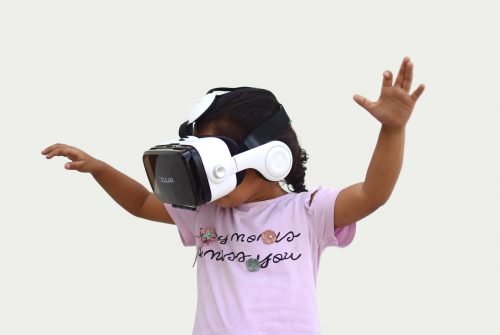Are Robots good?
16 January 2018 | Written by Cristina Pozzi

New mysterious creatures are populating our planet.
Some of these are designed to support us in our daily lives, in the house, or in hospitals. Others are designed for our own entertainment or to let us know the weather forecast, organize our day and our daily schedule more efficiently.
Others, however, are created to be weapons, tools for a national defense.
We are talking about robots and artificial intelligence, which we rely on more and more in our everyday life.
The robots of Boston Dynamics
One of the most fascinating companies, considering the technical results achieved with its robots, is Boston Dynamics: a company acquired by Google X in 2013 and then sold to the Japanese SoftBank Group in June 2017.
Boston Dynamics produces robots for DARPA and other military organizations.
Among the latest news promoted by the MIT spin-off, two are to watch.
First of all, the visible advance of the movement abilities of ATLAS is amazing. ATLAS is a humanoid robot that, in the last video released on You Tube, shows incredible balance in a jumps path that ends up with a backward somersault. A nightmare for humanoid robots engineers.
But more important is the new robot-dog SpotMini. Forget immediately the image of the Sony’s Aibo pet dog. We are not talking about a cute playmate, instead it is a disturbing quadruped designed for war. More than a dog, it reminds of the monstrous Demodog who appeared in the second season of Stranger Things, a successful Netflix TV series.

The comparison is interesting because, beyond the physical appearance, it allows us to analyze the topic of robotic and autonomous weapons and their development, starting from the monster of the TV series.
In particular we can observe:
- demodogs are used as a defense / attack tool,
- they can be remotely controlled / recalled from a central system,
- they could get out of control (one of the Demodogs in Stranger Things does not act exactly like the others but we will not reveal too much for those who have not yet seen the season two).
These are all features potentially shared also by SpotMini: let’s not forget that it is designed to meet the potential demands of military organizations such as DARPA. Main features of the SpotMini are a great speed, a 90-minute autonomy and its totally electric engine.
Robot weapons: an important debate
A tool like this, as well as a drones or other robotics products applied to the war context, can certainly save lives by avoiding to put human forces in dangerous war situations.
But it is also important to make a profound reflection on the increasing use of robots and algorithms in this area. There is an ongoing global debate about the creation and use of weapons that are “autonomous”, using artificial intelligence and not controlled by a human being.
These weapons / robots would be programmed to behave autonomously in any situation and, eventually, even to choose between life and death of human beings. This would certainly be against the Asimov Robotics Laws, which, today, are still recognized as valid:
- A robot may not injure a human being or, through inaction, allow a human being to come to harm.
- A robot must obey the orders given it by human beings except where such orders would conflict with the First Law.
- A robot must protect its own existence as long as such protection does not conflict with the First or Second Laws.[
The debate is open and it is becoming increasingly urgent to talk about this on a global scale.
That is also why a global movement led by many experts in the field, including Elon Musk, created an online petition that everyone can sign and support, to ban the development and the use of this type of weapons, as it has been done in the past with nuclear weapons.





